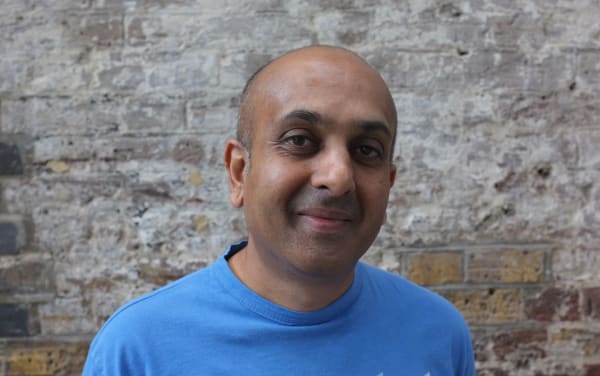The main CAD facility provides a variety of digital learning spaces that support both taught sessions and open access. Our workshops have been designed to allow access to industry standard digital design tools. Our main purpose is to equip students with the skills and confidence to use these tools in parallel to their professional practice.
As well as providing instruction on skills that are ‘of the time’, our workshops also allow students to experiment and sometimes by chance achieve moments of serendipitous innovation.
The CAD facilities provide 3D digital modelling tools that cover a range of needs, from form creation to digital workflows for manufacturing and presentation. Animation at CSM is integrated with the Digital Media facilities. The facilities are equipped with Windows PC desktop computers and teaching projection monitors. All computers have industry standard 3D modelling, animation and creative software and open source applications.
Direct technical support is available by appointment in areas, such as 2D and 3D animation, 3D modelling, CAD CAM, parametric design, motion graphics and mixed reality making.
Ask a technician
-

Image courtesy of Central Saint Martins,
Questions answered by Specialist Technician Abdul Mohammed
What can students do here?
You can do a range of things, from 3D animations through to producing files used for manufacturing products. Various students come to us from beginners through to those who have had industry experience in 3D design.
The digital tools that we provide cater for that wide range of different needs and abilities.
What is the most common request you get?
My CAD support is broad, allowing me to get to grips with the workings of the range of tools we provide. My CAD specialty is in architecture and product design. I mainly get product, industrial and architecture students.
Students from fine art and fashion also come to the workshop. Fashion students come in here to do anything from designing a 3D printed headpiece to writing an algorithm to create software-generated garments.
The one thing that students always need is help with Rhino and AutoCad.
Is there a particular project you remember?
When you see what the students manage to produce with the tools here, it’s quite amazing. The amount of work, the effort and the knowledge that is required for someone to go from point A to point B, from having a concept to actually producing something in 3D is immense. People very often give up, or have a breakdown: it’s that intense. Whoever manages to get from point A to point B and produces something is in itself quite extraordinary.
Have you ever had to say to a student that a project was impossible?
Nothing’s impossible. There are tools and knowledge out there that make anything you can imagine pretty much possible. The only thing that can go against you is time.
When a student comes to me, I’ll weight up the experience and the time it would take, but nothing is impossible.
Sometimes they won’t be able to do it whilst they are here, but it doesn’t mean it’s not possible, and they can do it outside of their study time, for themselves or for industry.
How does the workshop fit in with the overall history of CSM?
Digital tools in 3D design have always been difficult to come to grips with, and can sometimes hinder students. As far as I can remember, the college has always made an investment in making sure that students can get over these hurdles. There’s always been a need for digital tools, especially in product design and architecture.
This workshop has been here for the period I have been at Central Saint Martins: that’s 14 years. Over the last five years it has matured to being available for the whole College, and beyond to UAL.
What makes this workshop a special place at CSM?
Students are very fortunate to be somewhere where the tools and expertise we have here are available. There is a convergence between the various creative disciplines here at CSM, coming together around the amazing tools we have. It allows for areas of creativity to develop, with students being drawn to the possibilities of 3D disciplines.v